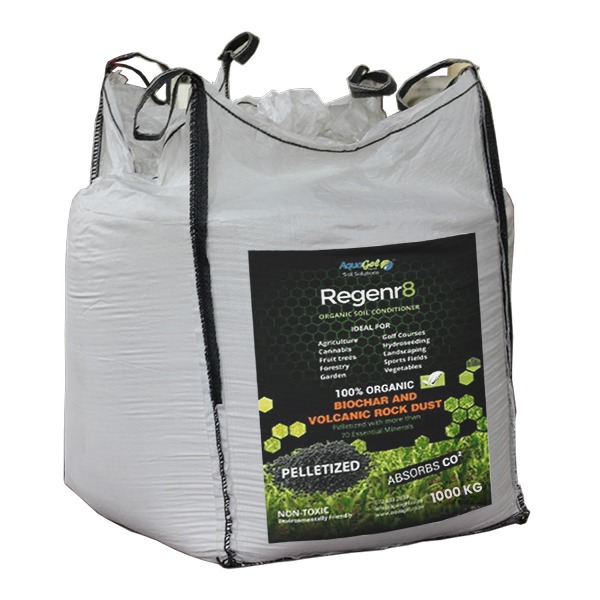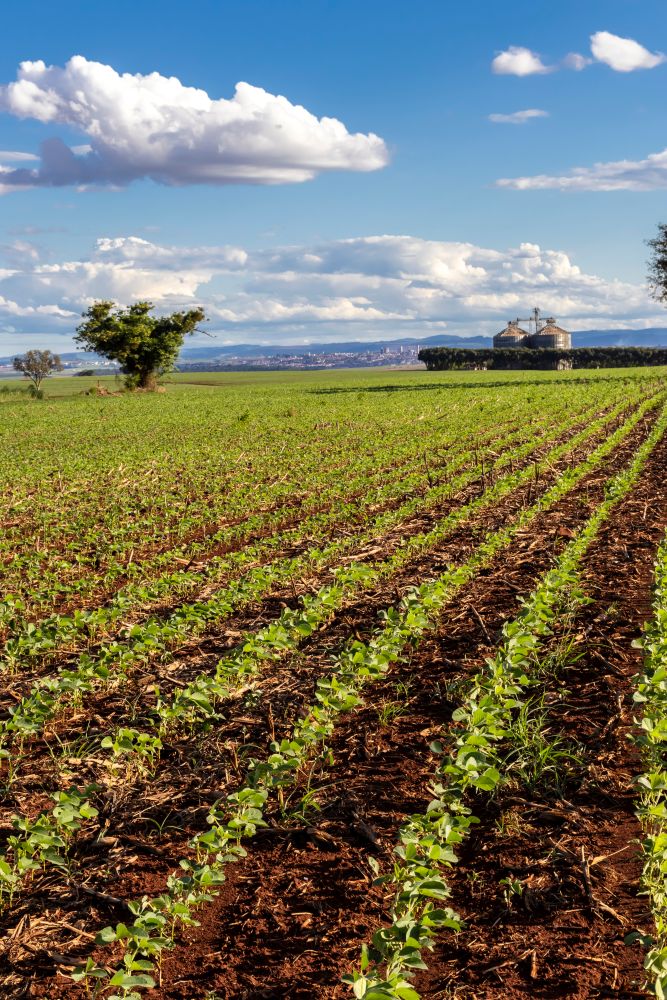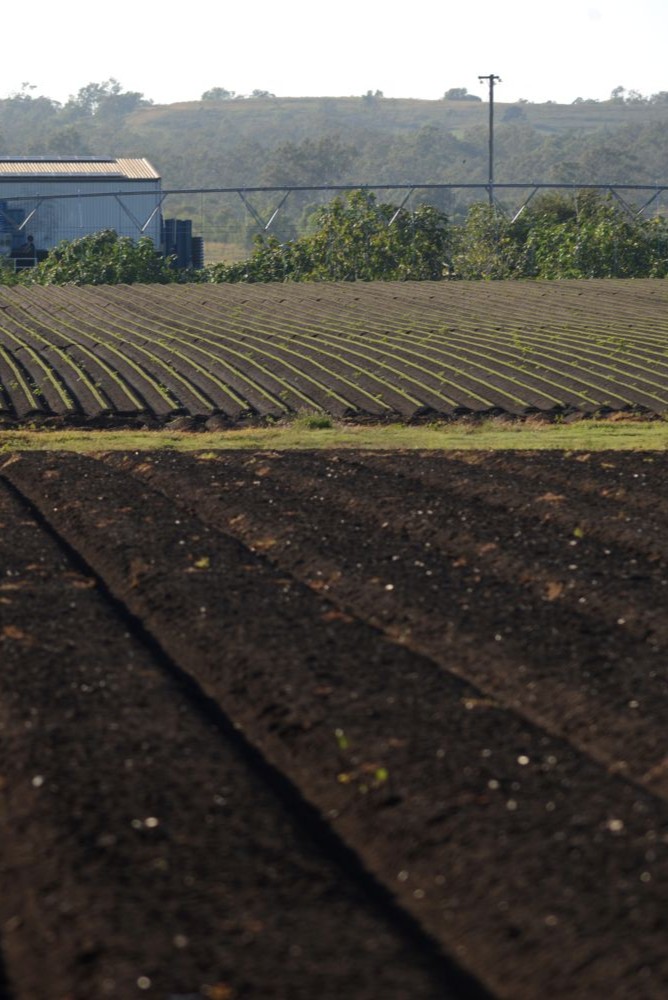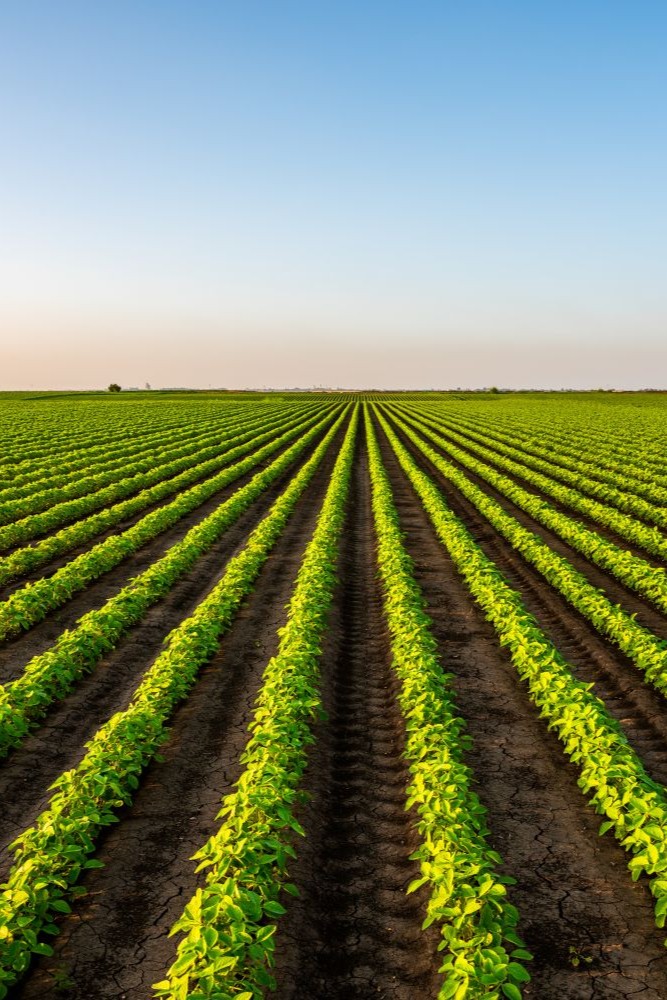RegenR8™

Why Choose RegenR8™?
Nutrients in RegenR8™ and Their Importance
- Source: Olivine and phlogopite in kimberlite (Northern Cape tailings).
- Role: Core component of chlorophyll, activates enzymes for carbohydrate metabolism and phosphorus uptake.
- Impact: Enhances photosynthesis, prevents chlorosis, improves crop vigor.
- South African Example: Kimberlite tailings in Kimberley supported native grass growth for mine rehabilitation (2023 study), increasing vegetative vigor by 15–20% in maize trials (Pretoria, Gauteng).
- Agricultural Relevance: Corrects magnesium deficiencies in acidic soils (Western Cape), boosting maize yields.
- Source: Phlogopite in ultrapotassic kimberlite (Venetia Mine, Limpopo).
- Role: Regulates water uptake, stomatal function, and enzyme activation, enhancing drought resistance and crop quality.
- Impact: Improves yield, strengthens stems, reduces drought stress.
- South African Example: Kimberlite soils in Limpopo supported Acacia species under water stress (2022 study), increasing sugarcane yields by 12% in KwaZulu-Natal.
- Agricultural Relevance: Reduces fertiliser needs, improves sugar content in sugarcane.
- Source: Apatite and metasomatic processes in kimberlite (Free State tailings).
- Role: Supports root development, energy transfer, and seed formation.
- Impact: Enhances early growth, increases yields in phosphorus-poor soils.
- South African Example: Kimberlite tailings in the Free State improved grass and legume growth for rehabilitation (2024 study), boosting maize yields by 30% in Mpumalanga.
- Agricultural Relevance: Critical for maize production in nutrient-deficient soils.
- Source: Calcite and carbonates in kimberlite (Cullinan Mine, Gauteng).
- Role: Strengthens cell walls, supports root/shoot development, enhances stress tolerance.
- Impact: Improves plant structure, corrects soil acidity, reduces blossom-end rot.
- South African Example: Kimberlite soils in Cullinan raised soil pH, supporting vegetation (2021 study), and reduced blossom-end rot in citrus by 20% (Western Cape).
- Agricultural Relevance: Enhances citrus quality for export markets.
- Source: Olivine and ilmenite in kimberlite (Northern Cape soils).
- Role: Essential for chlorophyll synthesis, enzyme function, and nitrogen fixation.
- Impact: Prevents chlorosis, improves photosynthesis and vigor.
- South African Example: Kimberlite soils in the Northern Cape enhanced shrub chlorophyll content (2023 study), improving grapevine vigor by 10–15% in Stellenbosch.
- Agricultural Relevance: Supports vineyards in iron-deficient soils.
- Source: Garnet, ilmenite, and chromite in kimberlite (Limpopo soils).
- Role:
- Zinc (Zn): Enzyme activation, growth hormone production.
- Titanium (Ti): Enhances photosynthesis, stress tolerance.
- Chromium (Cr): Stimulates metabolism at low levels, toxic in excess.
- Impact: Improves stress tolerance, crop quality, and growth in nutrient-poor soils.
- South African Example: Zinc and titanium in Limpopo kimberlite soils supported drought-tolerant grasses (2022 study), improving wheat grain quality by 10% in the Free State.
- Agricultural Relevance: Enhances wheat production and stress resilience.
Synergy with Biochar
- Nutrient Retention: Biochar retains kimberlite’s nutrients, reducing leaching in sandy soils (Western Cape study, 2025, increased maize yields by 35%).
- Soil Health: Biochar enhances microbial activity, improving nutrient cycling with kimberlite’s minerals (KwaZulu-Natal sugarcane trials reduced fertilizer needs by 15%).
- Carbon Sequestration: Kimberlite’s weathering and biochar’s carbon storage support South Africa’s sustainability goals.
Conclusion
Who We Serve?
Our Partners
RegenR8™ collaborates with an expanding network of like-minded partners to deliver regenerative agriculture solutions at scale:
The Science and Research
Biochar effect on soil
Effects of biochar on soil properties and erosion potential in a highly weathered soil
Biochar: A Sustainable Approach for Improving Plant Growth and Soil Properties
Biochar-based slow-release of fertilisers for sustainable agriculture: A mini review
Rockdust effect on soil
Potential of basalt dust to improve soil fertility and crop nutrition
Sprinkling of Rock Dust May Improve Soil Health and Crop Yield
Remineralising soils? The agricultural usage of silicate rock powders: a review
The effect of combined biochar and rockdust
Carbon capture / soil storage
Educational Videos

Frequently Asked Questions
RegenR8™ is formulated for Commercial and large scale agricultural operations as wel as Fertiliser Blenders. We do however have a distributor that sells 25kg bags directly to the public. Send us an email and we will forward your request to them.
RegenR8™ is a blend of organic spheres of carbon and micro-fine rock dust. It significantly enhances soil health by improving its structure and composition. This results in increased water-holding capacity, nutrient retention, and a boost in microbial activity. It also contains over 70 micro-nutrients and helps sequester carbon in the soil, ultimately leading to improved plant growth, more nutritious crops, and a more sustainable environment.
Yes, both RegenR8™ can be customized to meet the specific requirements of your soil and crops. RegenR8™ pellets can be blended with different ratios of biochar, rock dust, and Hydrocache™ to adjust water retention and nutrient availability.
RegenR8™ offer several advantages over traditional alternatives. RegenR8™ is a pelletized product that’s easy to apply, dust-free, and blends seamlessly with existing farming equipment. It enhances soil health by improving nutrient retention and microbial activity.






